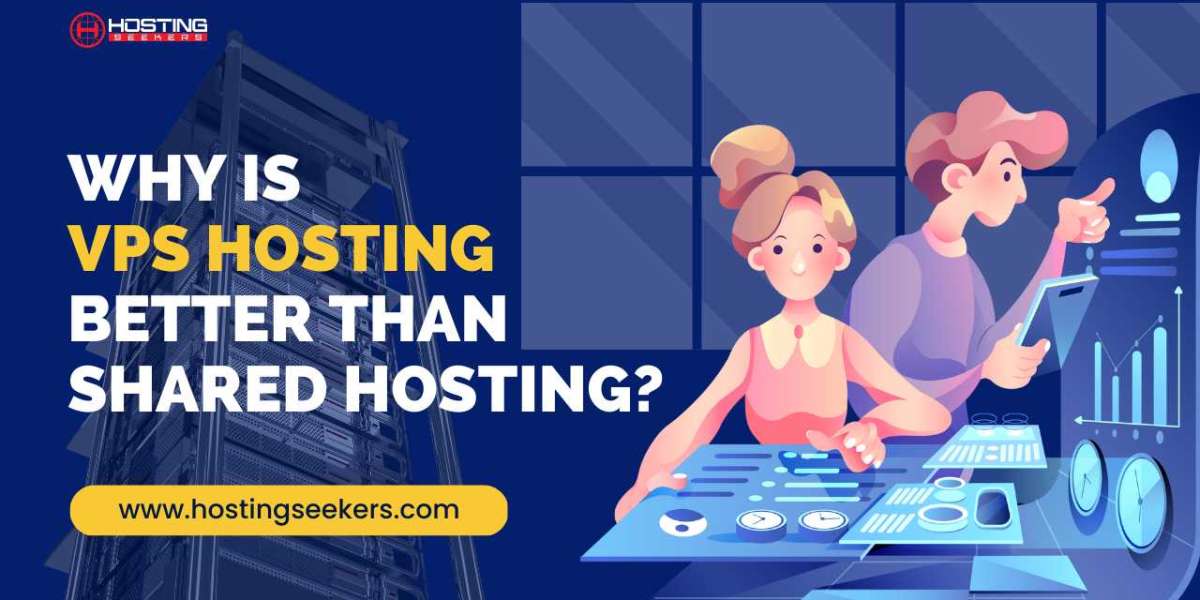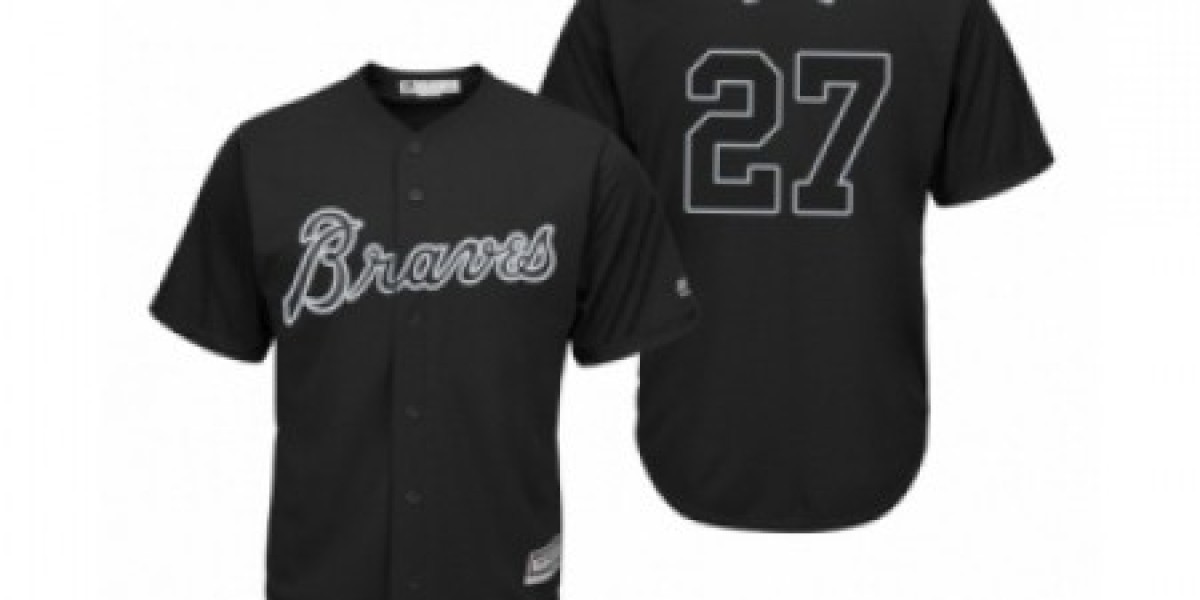Social media has come a long way from its humble beginnings as a platform for connecting friends and family. Today, it’s a powerful marketing tool, and social media lead generation (SMLG) has become a cornerstone of digital marketing strategies. But how did we get here? Let’s take a trip down memory lane and explore the fascinating evolution of SMLG.
Early Days: Broadcasting and Building Communities
The early days of social media, marked by platforms like MySpace and Facebook, saw a focus on brand awareness and community building. Businesses primarily use social media to broadcast messages, announce promotions, and engage with existing customers. While lead generation wasn’t the primary goal, social media helped build brand loyalty and create a space for customer interaction.
The Rise of Content Marketing and Engagement
With the emergence of platforms like Twitter and LinkedIn, content marketing took center stage. Businesses began creating informative and engaging content, such as blog posts, infographics, and videos, to attract potential customers. Social media became a platform for sharing this content and fostering conversations. Calls to action (CTAs) encouraging users to download ebooks, subscribe to newsletters, or participate in webinars emerged as a way to capture leads.
The Power of Targeted Advertising and Analytics
The evolution of social media advertising played a pivotal role in SMLG. Platforms like Facebook introduced sophisticated targeting options, allowing businesses to reach highly specific audiences based on demographics, interests, and online behavior. Coupled with advanced analytics tools, marketers could now track the effectiveness of their campaigns and optimize them for better lead generation.
The Age of Influencers and User-Generated Content (UGC)
The rise of social media influencers marked a shift towards social proof and authenticity in marketing. Brands began collaborating with influencers to reach new audiences and leverage their credibility. User-generated content (UGC) also gained traction, with businesses encouraging customers to share their experiences on social media. Positive UGC served as powerful social proof, driving trust and conversions.
The Era of Personalization and Chatbots
Personalization has become a crucial element in modern SMLG strategies. Social media platforms provide businesses with data-driven insights into user preferences, allowing them to deliver targeted content and offers. Chatbots have also emerged as valuable tools for lead generation. They provide 24/7 customer support, answer questions, and collect valuable data from potential leads, streamlining the lead nurturing process.
The Future of Social Media Lead Generation (SMLG):
As social media continues to evolve, we can expect to see SMLG strategies become even more sophisticated. Here are some key trends to watch:
· The rise of social commerce: Platforms like Instagram and Pinterest are making it easier for users to discover and purchase products directly within the app. This opens up new opportunities for lead generation and sales conversion.
· Focus on building relationships: Social media will continue to be a space for fostering genuine connections with customers. Building trust and rapport will be essential for converting leads into loyal customers.
· The power of social listening: Businesses will increasingly leverage social listening tools to understand user needs, identify pain points, and tailor their content and offerings accordingly.
· The rise of ephemeral content: Platforms like Snapchat and Instagram Stories have popularized ephemeral content, which disappears after a set time. This creates a sense of urgency and exclusivity, making brands’ messages more impactful for lead generation.
· Integration with marketing automation tools: Social media platforms will likely integrate more seamlessly with marketing automation tools, allowing for a more streamlined lead nurturing process.
Conclusion
The landscape of social media lead generation is constantly evolving. By staying ahead of the curve, understanding the latest trends, and embracing new technologies, businesses can leverage the power of social media to attract high-quality leads and convert them into loyal customers. Remember, successful SMLG is about building relationships, providing value, and engaging with your audience in a meaningful way. As social media continues to transform, the key to success lies in adapting your strategies to stay relevant and connect with your target audience on their terms.



